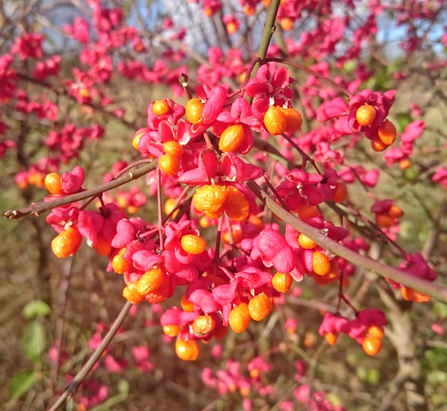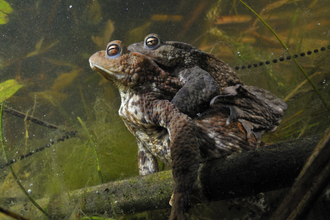Autumn has arrived at Monkwood and it leaves me spellbound every year. It may not be as dazzling as the display of maples in New England or acers in Japan but it’s still a riot of colour that makes me adore autumn.
As we know, Monkwood has lots of different trees and shrubs within it because it’s an ancient wood and has been developing over thousands of years. This diversity is brilliant for wildlife but also gives us such a variety of colour and form in the autumn. Since the leaves burst out in spring, Monkwood has been a tapestry of greens and browns and, whilst this is lovely, everything starts to look a bit tired by this time of year! Having an explosion of different colours is such an uplifting change for the eye.






